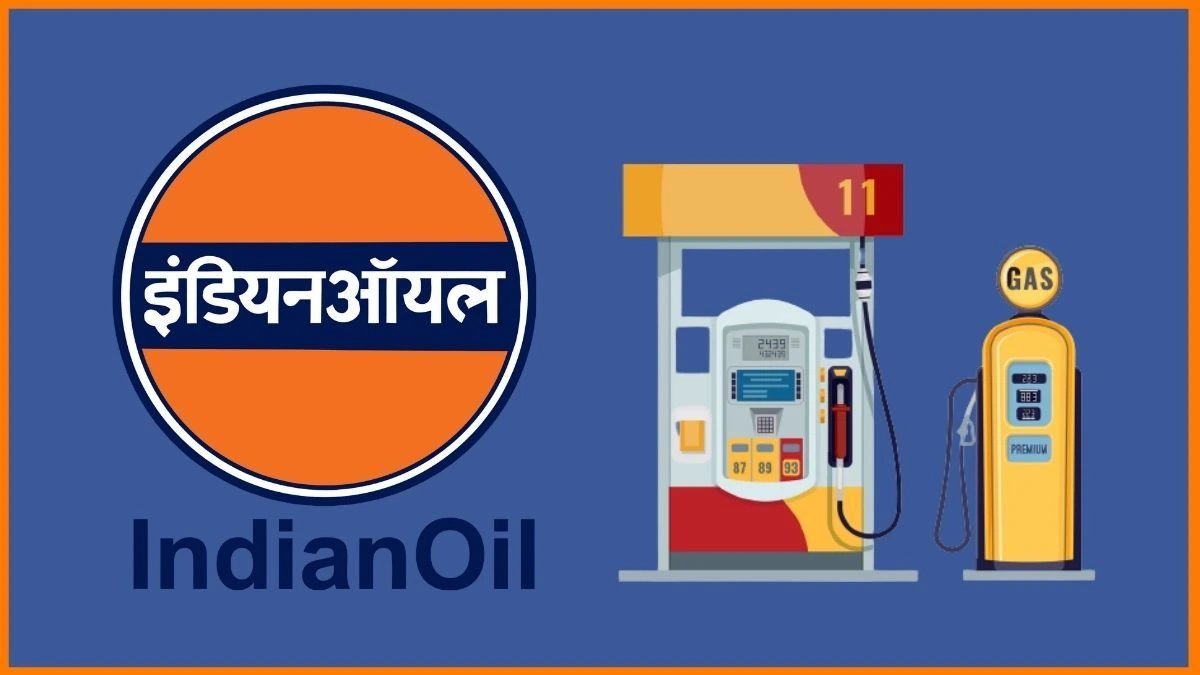In a bold maneuver that has changed the energy landscape in India again, IndianOil has taken back control of the bulk diesel market, surpassing private competitors such as Reliance Industries and Nayara Energy between April to May of 2025. This shift is more than the financial numbers; it displays a completely different set of attitudes by the IndianOil company under the new leadership.
A Strategic Pivot Back to Market Leadership
Under the guidance of the newly appointed chairman A.S. Sahney, IndianOil has abandoned the "margin-first" strategy of former chairman S.M. Vaidya and instead has decided to pursue market share aggressively, and the results have been as immediate and extraordinary as the shift.
- IndianOil’s market share surged to 53.5% in April-May 2025, up from 43.6% in the same period last year.
- Meanwhile, Reliance Industries saw its share drop from 13.8% to 9.9%, and Nayara Energy, backed by Rosneft, slipped from 11.9% to 8.7%.
This turnaround amounts to a 10-percentage-point gain for IndianOil in just two months—clearly signaling the company’s intent to regain control over a segment it once dominated.
Bulk Diesel: Why It Matters
While retail diesel sales through pumps make up the majority of the market, bulk diesel accounts for approximately 12% of India’s total diesel consumption. This segment is crucial because:
- Bulk buyers include major institutional clients like Indian Railways, state transport corporations, defence services, mining companies, and industrial units.
- These clients are price-sensitive and often shift vendors based on competitive tendering or monthly price variations.
So, gaining traction in this space not only brings large-volume sales but also helps secure long-term relationships with influential buyers.
Also Read: Delhi Government Bans Non-BS6 & Non-CNG Commercial Vehicles from Nov 1
What’s Fueling IndianOil’s Comeback?
Several factors have worked in IndianOil’s favor in the current market landscape:
1. Aggressive Price Discounts
IndianOil is offering significant price reductions to outbid competitors, especially in high-demand regions. While all suppliers are selling diesel below pump prices to bulk buyers, IndianOil is going deeper, absorbing more margin pressure to win contracts.
2. Favorable Crude Prices
Crude oil prices have dropped from nearly $80 per barrel in January to around $65 per barrel, giving oil companies room to maneuver. This buffer has allowed IndianOil to reduce prices while maintaining healthy internal margins.
3. Focus on Mining and Manufacturing Hubs
IndianOil’s targeted strategy is paying off particularly well in Jharkhand, West Bengal, Chhattisgarh, Rajasthan, and Haryana—regions with high industrial and mining activity. This regional focus has allowed the company to build back volume rapidly.
Competitors Lose Ground
As IndianOil moves forward, private and public competitors have seen their shares shrink:
- Hindustan Petroleum (HPCL) dropped to 12.9% from 14.2%.
- Bharat Petroleum (BPCL) fell to 12.5% from 14.8%.
- As noted, Reliance and Nayara lost a combined 7 percentage points of their market share.
This widespread decline among both state-owned and private players underlines the scale and effectiveness of IndianOil’s push.
Looking Ahead: Implications for the Diesel Market
IndianOil’s aggressive moves could reshape the diesel market in several ways:
- Tender-based contracts may become even more competitive as private players recalibrate their pricing.
- Volume-centric strategies could become the norm, pushing smaller suppliers to reconsider their business models.
- With the monsoon season approaching, diesel demand for agriculture and transportation is expected to rise, giving IndianOil an opportunity to further strengthen its position.
Conclusion
The April-May data says it all: IndianOil is once again back in control of the bulk diesel market. With bold leadership, timely strategic moves and market-responsive pricing, the company has turned a negative trend around and sent a message to competitors. In its energy transition, India's back to put the pedal to the metal. The IndianOil turnaround, will be the precedent for how a state owned enterprise can compete, and win in a hotly contested market.
Also Read: Electric Commercial Vehicle Sales Jump 84.3% YoY in May 2025








_1766129034.webp)

 Positioning Affordable 7-seat_1766042570.webp)